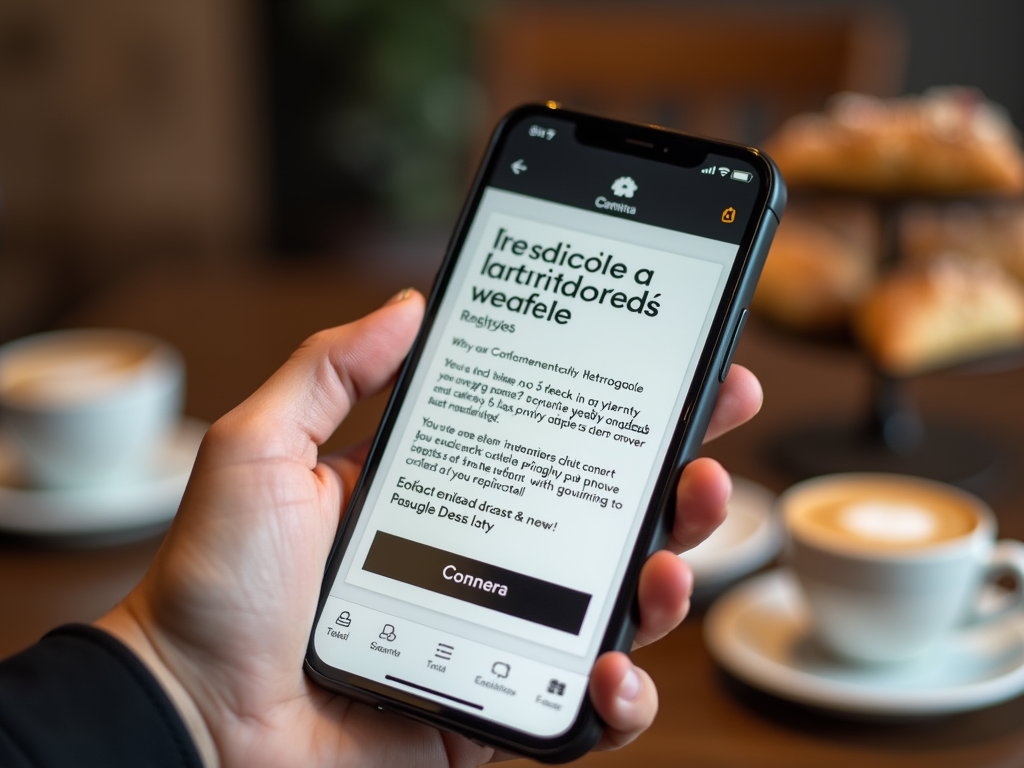In today’s eCommerce environment, cart abandonment is more than just a minor inconvenience—it’s a significant lost opportunity for revenue. Research indicates that nearly 70% of online shoppers abandon their carts before completing a purchase. However, businesses can turn this trend around with well-crafted cart abandonment emails. These emails serve not just as reminders, but as strategic communication tools aimed at re-engaging potential customers. If executed thoughtfully, these messages can lead customers back to their shopping carts, transforming lost sales into completed transactions. It’s essential to understand both the psychological barriers to completing a purchase and the strategies for overcoming them.
Understanding Cart Abandonment

Cart abandonment occurs when shoppers add items to their cart but leave the website without completing the purchase. Numerous factors can contribute to this behavior, which vary from customer to customer. High shipping costs, for instance, can deter even the most enthusiastic buyer. Similarly, complicated checkout processes can create friction, causing users to abandon their carts. Distracting webpage elements or slow loading times can also undermine a smooth shopping experience, leading to frustration. Understanding why customers abandon their carts is crucial for crafting effective recovery strategies.
- High shipping costs or unexpected fees
- Complicated, lengthy checkout processes
- Lack of trust in the website’s security
- Distractions or delays during the browsing experience
The Importance of Cart Abandonment Emails

Cart abandonment emails play a critical role in recuperating lost sales. When shoppers receive a timely reminder, it serves as a gentle nudge to reconsider their initial intent. These emails can dramatically increase conversion rates if they are executed effectively, often providing insights into consumer behavior. Businesses can not only recover sales but can also enhance their relationship with customers by showing them that their preferences matter. Notably, an effective strategy can even lead to higher average order values as well. Incorporating personalized content into these emails makes them all the more impactful.
- Increased conversion rates
- Higher average order value
- Improved customer insights through tracking behaviors
- Enhanced customer experience with personalized messages
Crafting Effective Cart Abandonment Emails
Creating compelling cart abandonment emails involves several key components. The first is personalization, which can significantly impact open rates and customer engagement. Using the customer’s name and including details about the abandoned products makes the communication feel more direct and relevant. Additionally, timing is critical; sending the first email within an hour of abandonment captures potential customers when their interest is still fresh. Follow-up emails can offer incentives, such as discounts or free shipping, which further entice shoppers to finalize their purchases. Moreover, subject lines need to be attention-grabbing to encourage opens and interactions.
| Characteristic | Description |
|---|---|
| Personalization | Tailor messages to customer behavior and preferences. |
| Timing | Send initial email within an hour of cart abandonment. |
| Urgency | Use language that conveys scarcity or time-limited offers. |
| Clear CTAs | Incorporate straightforward calls to action that direct customers back to their carts. |
Best Practices for Cart Abandonment Emails
By following best practices for cart abandonment emails, businesses can increase the efficacy of their campaigns. Mobile optimization is paramount since many consumers shop from their phones. Failing to consider mobile users could result in lost opportunities. Also, employing A/B testing helps in understanding which strategies resonate best with the audience. Testing different email designs, messaging approaches, and sending times allows companies to refine their tactics. As businesses gain insights from these tests, they can adjust their content to better align with customer preferences.
- Ensure mobile-friendly designs
- Include a clear, direct call to action
- Utilize A/B testing to refine messaging
Conclusion
Cart abandonment emails are more than just reminders; they are a lifeline for businesses looking to reclaim lost sales. By recognizing the multifaceted reasons behind cart abandonment and implementing thoughtful strategies, companies can peak consumer interest, re-engage potential customers, and ultimately boost sales. Personalization, timing, and attention-grabbing subject lines enhance the likelihood of converting abandoned carts into completed purchases. Moreover, adhering to best practices solidifies the approach and ensures that businesses effectively capture their audience’s attention. In a world where every sale counts, implementing these strategies can provide the competitive edge needed to succeed.
Frequently Asked Questions
- What is a cart abandonment email? A cart abandonment email is a message sent to customers who add items to their cart but do not complete the checkout process, reminding them of their interest.
- How effective are cart abandonment emails? Cart abandonment emails can have open rates of up to 45% and can recover 10-30% of abandoned carts when executed effectively.
- When should I send my cart abandonment emails? It is recommended to send the first email within an hour of abandonment, followed by additional reminders within 24-72 hours.
- Can I automate cart abandonment emails? Yes, many email marketing platforms offer automation options for sending cart abandonment emails, streamlining the process.
- What kind of incentives work best for recovering abandoned carts? Common incentives include discounts, free shipping, or exclusive offers that encourage the customer to complete their purchase.